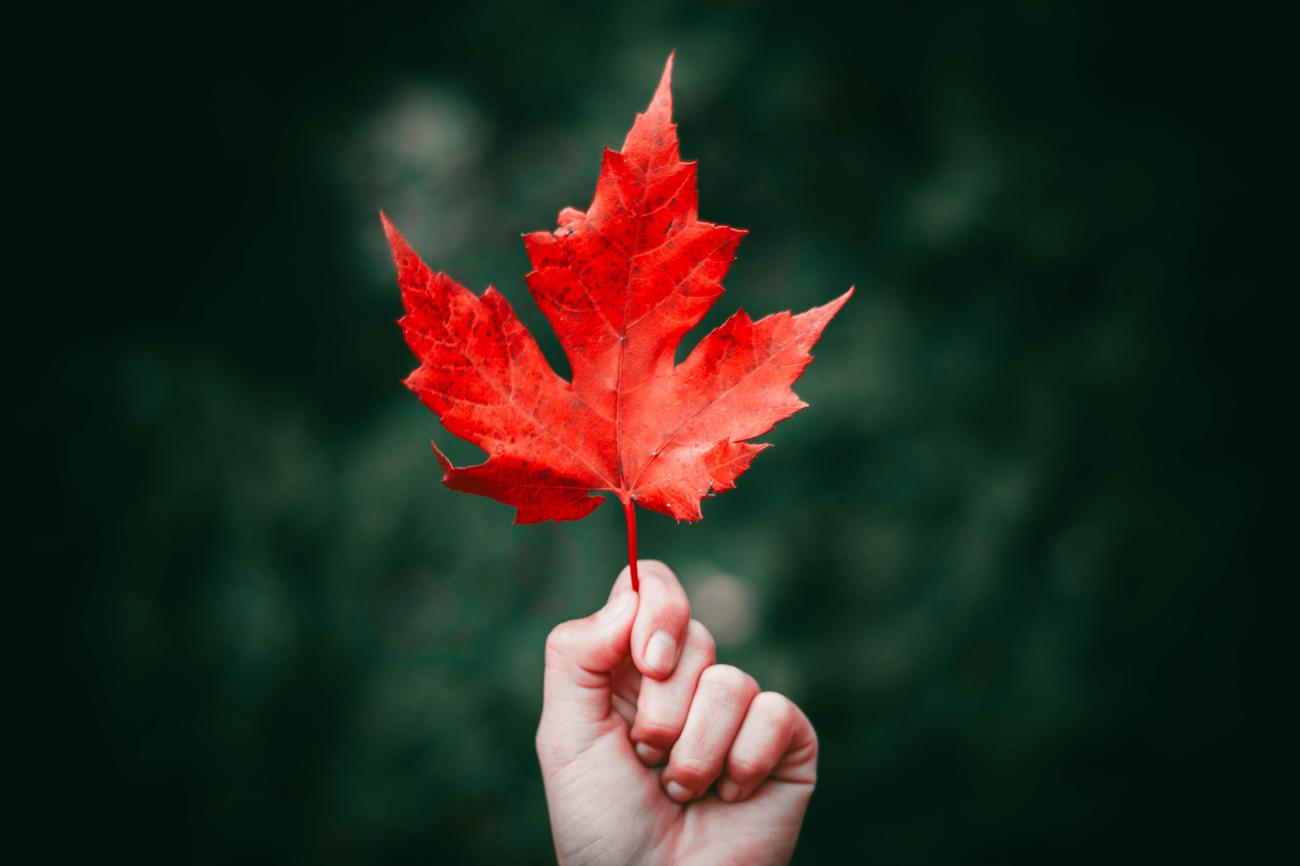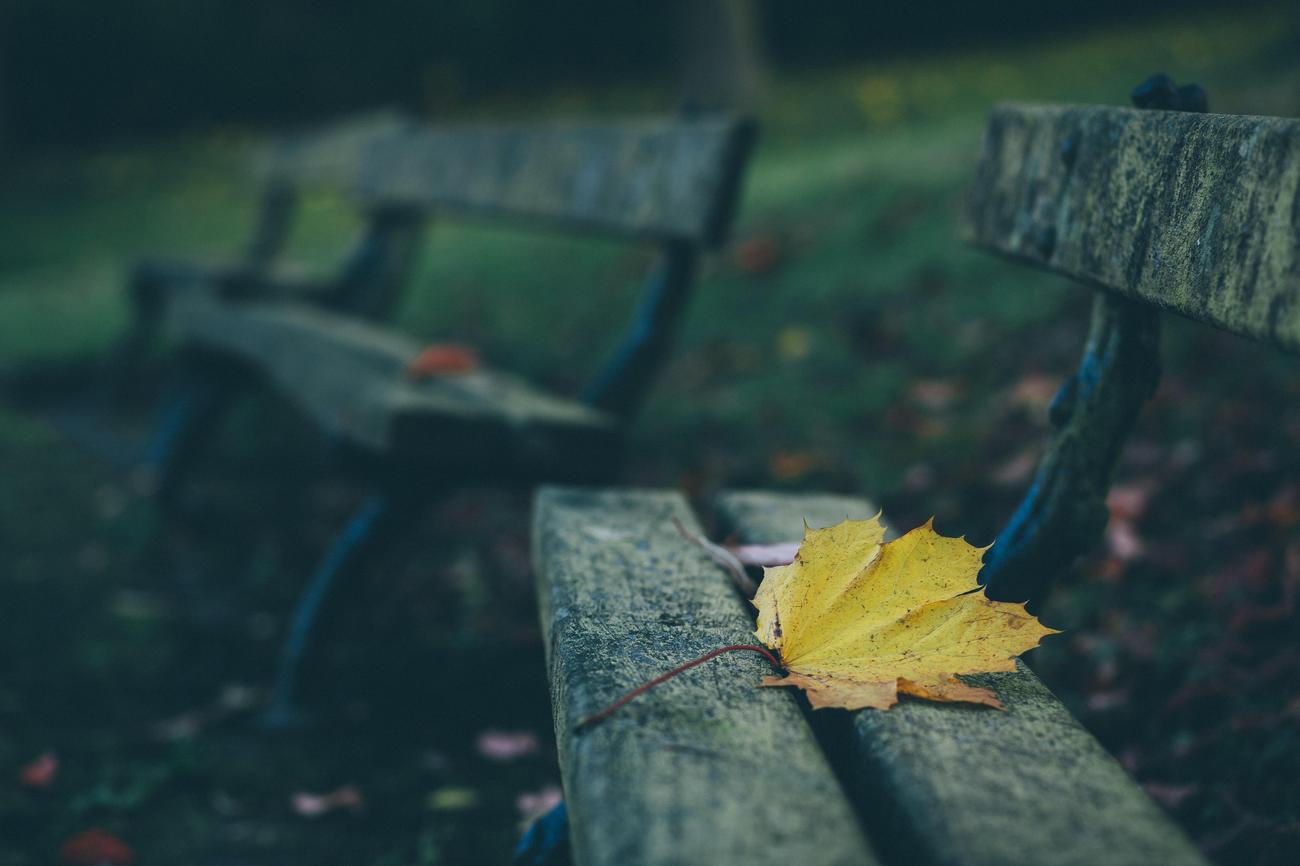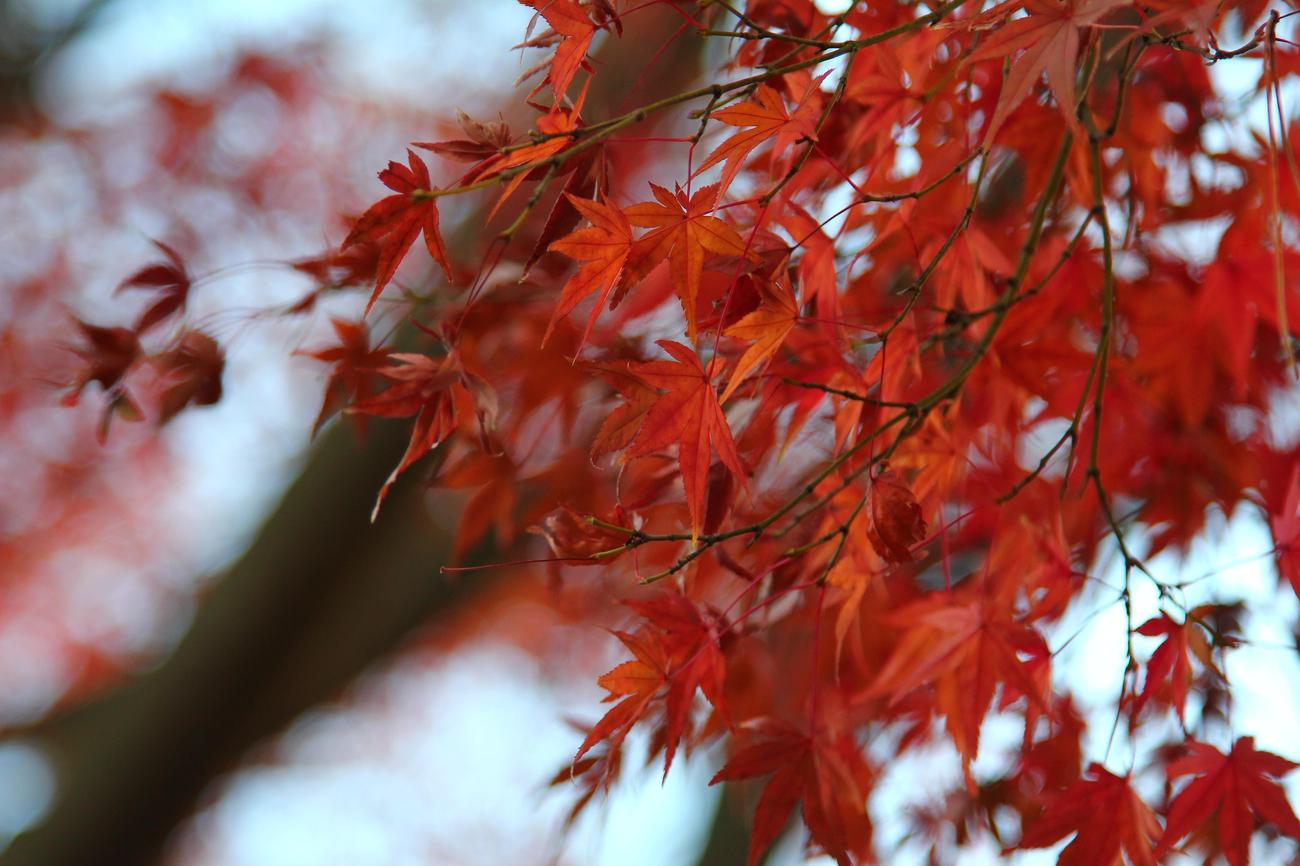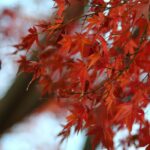Discover the captivating world of maple leaves as we embark on a journey to unravel their allure and distinctiveness. In this article, aptly titled “The Enchanting Secrets of Maple Leaves: Unraveling Their Allure and Distinctiveness,” we delve into what makes these leaves truly special. As an experienced botanist with a deep passion for foliage and a decade-long dedication to botanical research, I invite you to join me in exploring the remarkable characteristics and properties of maple leaves. Through my expertise in analyzing diverse leaf structures and functions, we will uncover the hidden secrets that make maple leaves a true marvel of nature. Get ready to be captivated by the enchanting qualities of these iconic leaves as we delve into their fascinating world.

What is special about maple leaves?
Maple leaves, with their distinct characteristics and captivating beauty, hold a special place in the world of foliage. From their unique leaf arrangement to their vibrant colors and cultural significance, maple leaves have a charm that sets them apart. Let’s embark on a journey to unravel the enchanting secrets that make maple leaves truly extraordinary.
Opposite Leaf Arrangement and Lobed Structure
One of the most notable features of maple leaves is their opposite leaf arrangement. Unlike many other trees, which have alternate leaf arrangement, maples stand out with their leaves positioned in pairs opposite each other on the stem. This arrangement creates an aesthetically pleasing symmetry that is instantly recognizable.
In addition, maple leaves exhibit a wide range of shapes and sizes. They are divided into three to nine (and sometimes even thirteen) lobes, each with slightly serrated edges. These lobes give the leaves a distinctive appearance, almost resembling the shape of a hand with outstretched fingers. The variety in the number of lobes and the size of the teeth on the leaf edges adds to the allure of maple leaves.
“Maple leaves, with their opposite leaf arrangement and lobed structure, showcase nature’s extraordinary attention to detail.”
Transforming Colors of Autumn
Another enchanting aspect of maple leaves is their ability to change color during the autumn season. As the days grow shorter and temperatures drop, the green chlorophyll pigments that give leaves their usual color begin to break down. This process unveils the hidden hues within the leaves, leading to a spectacular display of yellow, orange, and red.
Maple leaves are particularly known for their vibrant fall colors. Thanks to the presence of pigments like carotenoids (yielding yellow and orange shades) and anthocyanins (creating red tones), maples can create a breathtaking tapestry of colors. The sight of maple trees ablaze with fiery reds, dazzling oranges, and golden yellows is a true testament to the wonders of nature.
“In the autumn, maple leaves transform into a kaleidoscope of colors, evoking a sense of warmth and wonder.”
Symbolism and Cultural Significance
Beyond their visual appeal, maple leaves have a rich symbolism in various cultures. These iconic leaves are often associated with peace, strength, and endurance. In Japanese culture, for example, the maple leaf represents autumn and is a symbol of change and the beauty of impermanence. In North America, the maple leaf is a national symbol of Canada, embodying unity and resilience.
Moreover, maple leaves hold unique significance in indigenous cultures. The Ojibwa people, native to North America, consider the maple tree and its leaves as sacred, believing they possess healing properties. The deeply rooted cultural connections to maple leaves further enhance their charm and mystique.
“With their symbolism deeply rooted in cultures around the world, maple leaves hold a special place in the hearts of people, evoking a sense of harmony and strength.”
Pros and Cons of Maple Trees
While maple leaves possess numerous admirable qualities, it is essential to understand both their strengths and weaknesses.
Pros:
– Maple trees are ancient, dating back millions of years, showcasing their resilience and long-standing presence on our planet.
– Maples come in various sizes, from shrubs to towering trees, making them adaptable to different environments.
– The sap of maple trees can be tapped to produce the delicious and beloved maple syrup, which is cherished worldwide.
– Maple wood, known as “tonewood,” is highly sought-after for its exceptional acoustic properties, making it an excellent choice for musical instruments.
Cons:
– Maple trees are vulnerable to diseases and pests that can affect their overall health and longevity.
– Some maple species, such as the silver maple, have invasive tendencies and can outcompete native plant species.
– Maple trees require specific conditions, like ample sunlight and well-drained soil, making them less suitable for certain regions.
“While maple trees bear extraordinary qualities, it’s important to acknowledge both their strengths and vulnerabilities, painting a complete picture of their existence.”
Conclusion
Maple leaves possess a captivating allure and distinctiveness that make them truly special. From their unique opposite leaf arrangement and lobed structure to their mesmerizing transformation of colors in autumn, maple leaves continue to awe and inspire. Their symbolism, cultural significance, and their contributions to wildlife and human activities further solidify their place in the botanical world. The enchanting beauty and remarkable qualities of maple leaves remind us of nature’s boundless wonders, inviting us to appreciate and cherish the delicate intricacies found in every leaf.
“In the world of foliage, maple leaves stand as a testament to nature’s artistic brilliance, weaving together a tapestry of colors, symbolism, and resilience.”
Maple trees are a fascinating species that bring beauty and life to our surroundings. Did you know that they can live for over 100 years? Imagine the stories these majestic trees could tell! If you’re as curious as I am about fun facts about maple trees, you won’t want to miss out on this captivating exploration. Click here to discover more about the hidden wonders of these magnificent trees: fun facts about maple trees. Prepare to be amazed as you unravel the mysteries and delve deeper into the enchanting world of maple trees.
When in Japan, Try a Delicacy: Maple Tempura
[youtube v=”9Pwy-cAf09I”]
Maple tempura is a traditional sweet delicacy with a rich history dating back 1,300 years in Japan. Created by Setsuko, a passionate artisan with over 50 years of experience, this delightful treat is made by removing maple leaves from the tree, dipping them in a special batter, and deep-frying them to perfection.
Unlike other traditional sweets, maple tempura stands out due to its unique taste and handmade craftsmanship. Setsuko painstakingly shapes each leaf, adding a sprinkle of sugar to enhance its sweetness. The result is a beautifully golden and crispy maple tempura that captivates the senses.
Despite its popularity among locals, many visitors to Japan may not be familiar with this delightful delicacy. Setsuko takes pride in welcoming these newcomers and introducing them to the exquisite taste of maple tempura. Visitors are often amazed by the burst of flavors and impressed by the dedication and love Setsuko pours into her craft.
“I make it at home for 80 yen,” Setsuko proudly states. This affordable price showcases her commitment to making this traditional sweet accessible to all. Whether you’re a tourist or a local, indulging in maple tempura is a must-try experience that allows you to savor the authentic flavors of Japan.
In Japan, maple leaves hold significant cultural symbolism as well. They are revered for their peaceful, strong, and enduring characteristics, representing nature’s wonders. Just like the resilience and adaptability of the maple tree, Setsuko’s maple tempura carries the spirit of this beautiful symbolism.
The mesmerizing colors of maple leaves during autumn evoke awe and admiration from both locals and tourists alike. These vibrant displays of yellow, orange, and red create a breathtaking spectacle that celebrates the beauty of nature.
Maple trees also contribute to the ecosystem and provide valuable resources. They are known for their resilient nature, adaptability to different environments, and the production of high-quality wood and maple syrup. However, they are not without their vulnerabilities. Diseases, pests, and invasive species can pose challenges to the health of maple trees, requiring proper care and attention.
Maple leaves are a source of fascination and wonder, inviting us to appreciate the delicacy and intricacy found in every leaf. They symbolize the miracles of nature and remind us to find joy in even the smallest wonders of life.
In conclusion, when in Japan, don’t miss the opportunity to try maple tempura. This delicious sweet treat prepared by Setsuko reflects centuries of tradition and craftsmanship. By indulging in this delicacy, you not only satisfy your taste buds but also gain a deeper appreciation for the cultural significance and natural beauty of maple leaves. As Setsuko proudly says, “It’s the love of the people who come and tell me how delicious it is.” So, immerse yourself in this culinary delight and create lasting memories of your time in Japan.

FAQ
Q: What are the unique characteristics of maple leaves?
A: Maple leaves are distinguished by their opposite leaf arrangement and are divided into 3 to 9 lobes, rarely up to 13, with slightly serrated edges and varying sizes in teeth. They also undergo a stunning color change from green to shades of yellow, orange, and red during autumn.
Q: What is the significance of maple leaves in various cultures?
A: Maple leaves symbolize peace, strength, and endurance in different cultures. They hold symbolic value and are often associated with these traits.
Q: How do maple trees contribute to the ecosystem?
A: Maple trees play a vital role in the ecosystem as an important food source for wildlife. Additionally, they are crucial for bees, provide shelter, and contribute to the overall biodiversity of an area.
Q: Are there any practical uses for maple trees besides their leaves?
A: Yes, maple trees have various practical uses. They produce high-quality syrup, and maple wood is commonly used in the manufacturing of musical instruments due to its excellent acoustic properties. Furthermore, maple is also used in whiskey production.
Q: Do maple trees face any specific challenges or issues?
A: Despite their remarkable qualities, maple trees are susceptible to diseases and pests. This can pose challenges to the health and longevity of these trees.
- Unlock Filipino Culture: A Deep Dive into Traditions and Practices - April 23, 2025
- Unlock Spanish Culture: Insights & Opportunities Now - April 23, 2025
- White Spirit Uses & Substitutes: A Deep Dive for Pros & DIYers - April 23, 2025
















